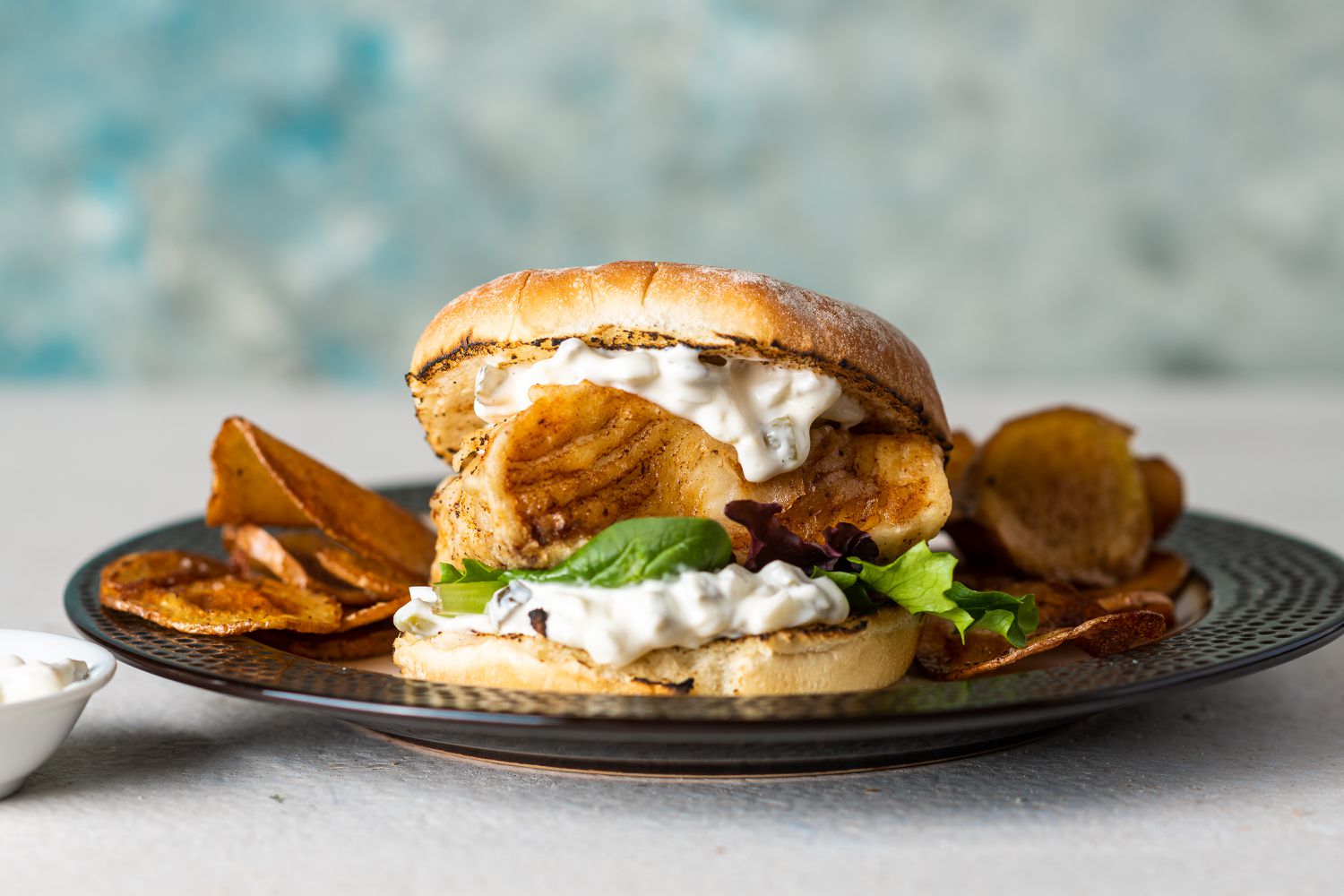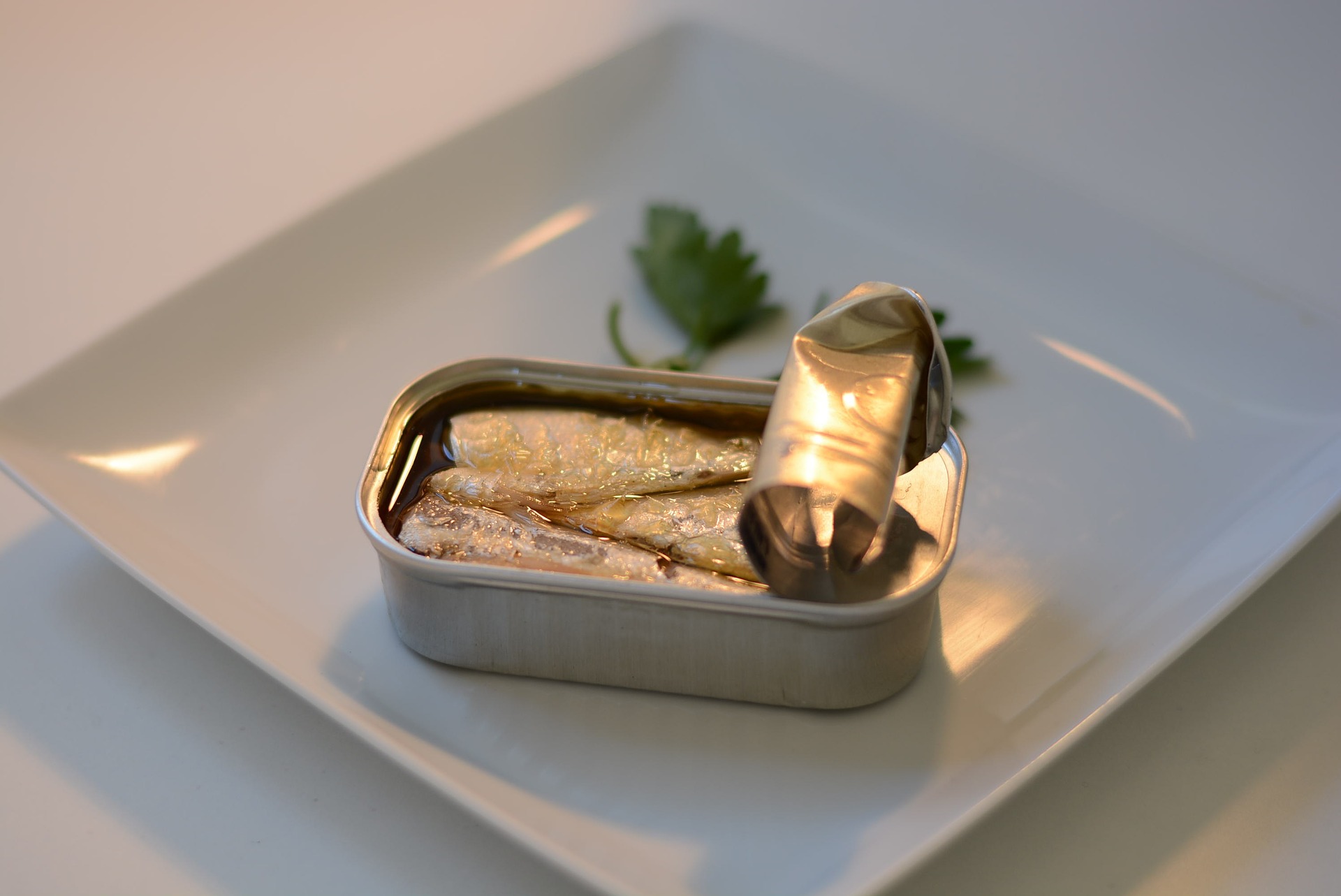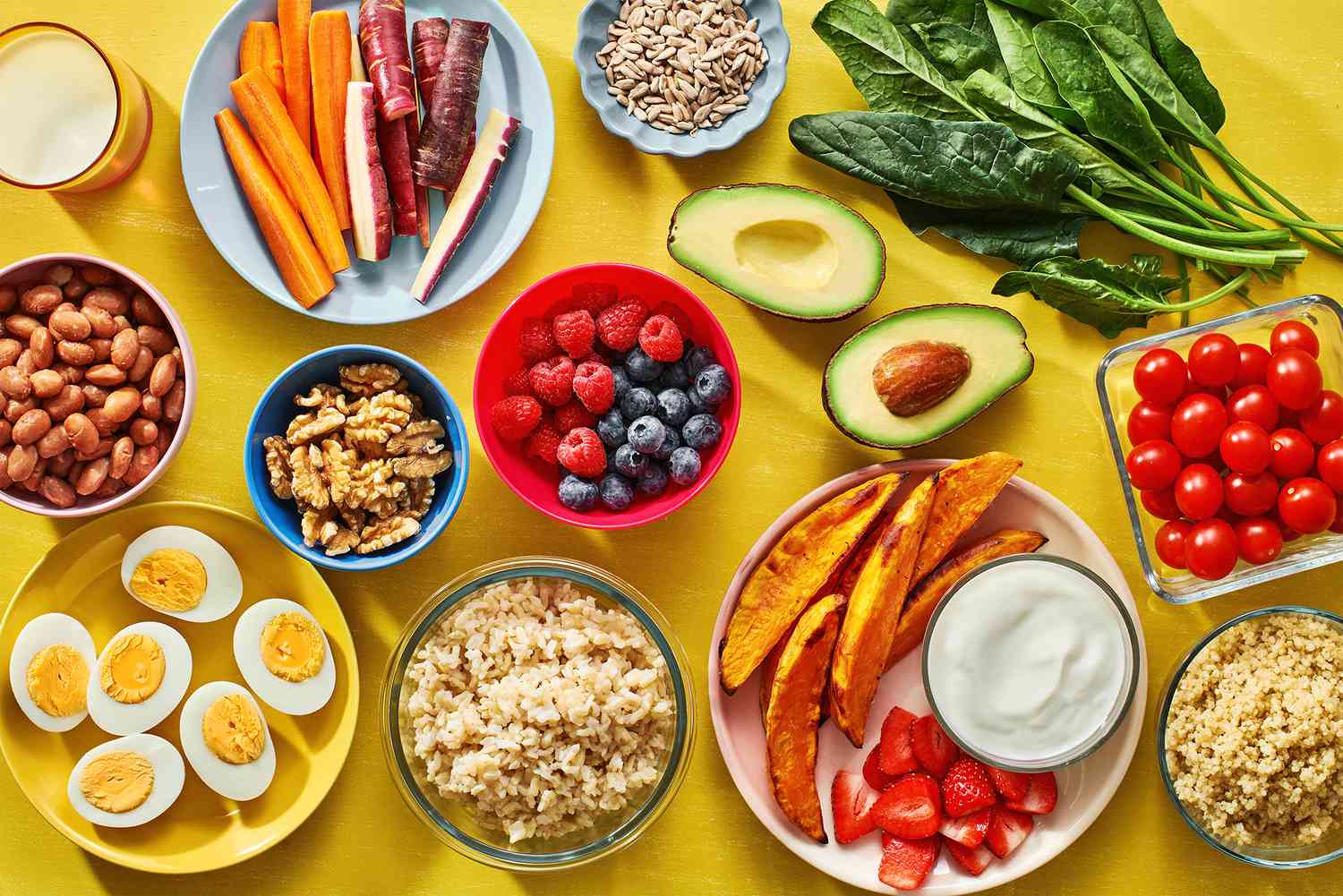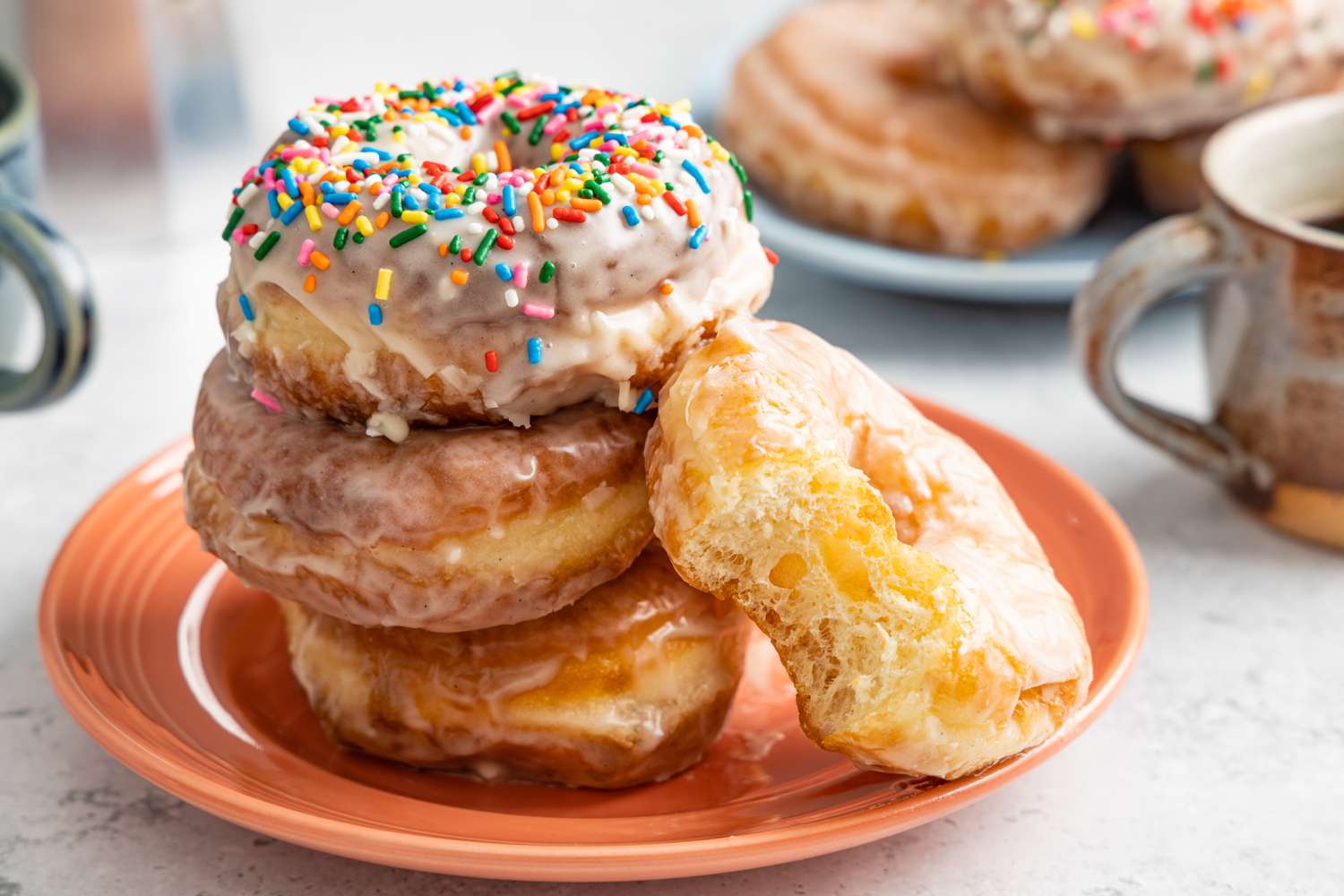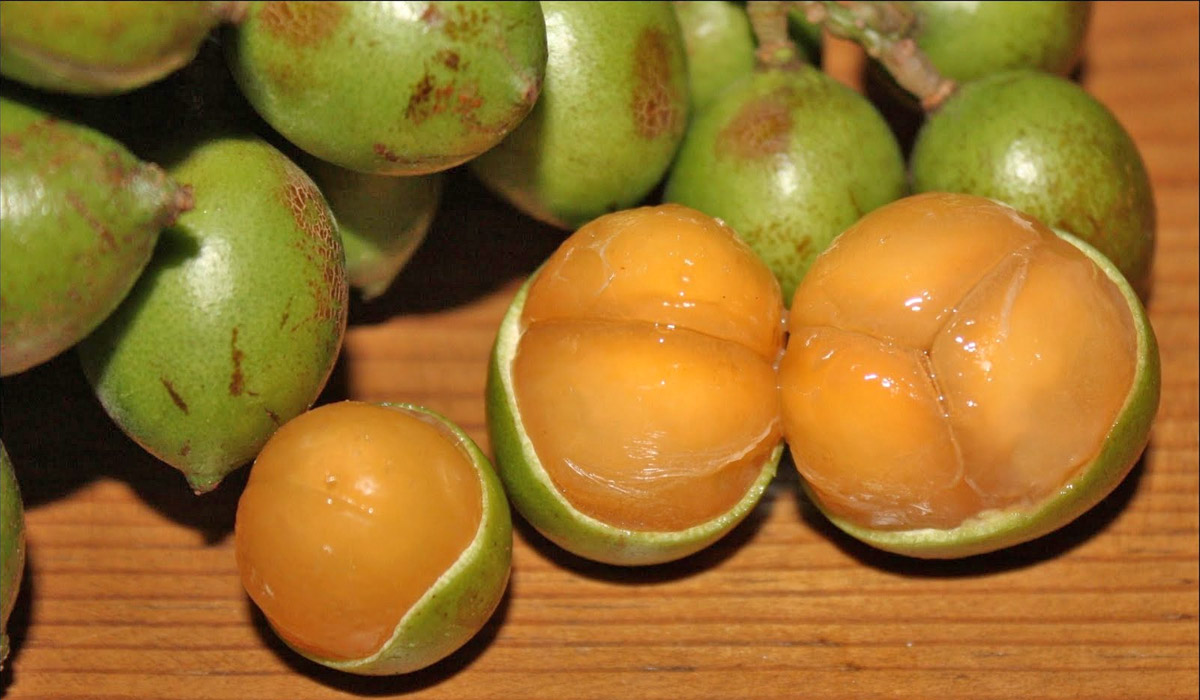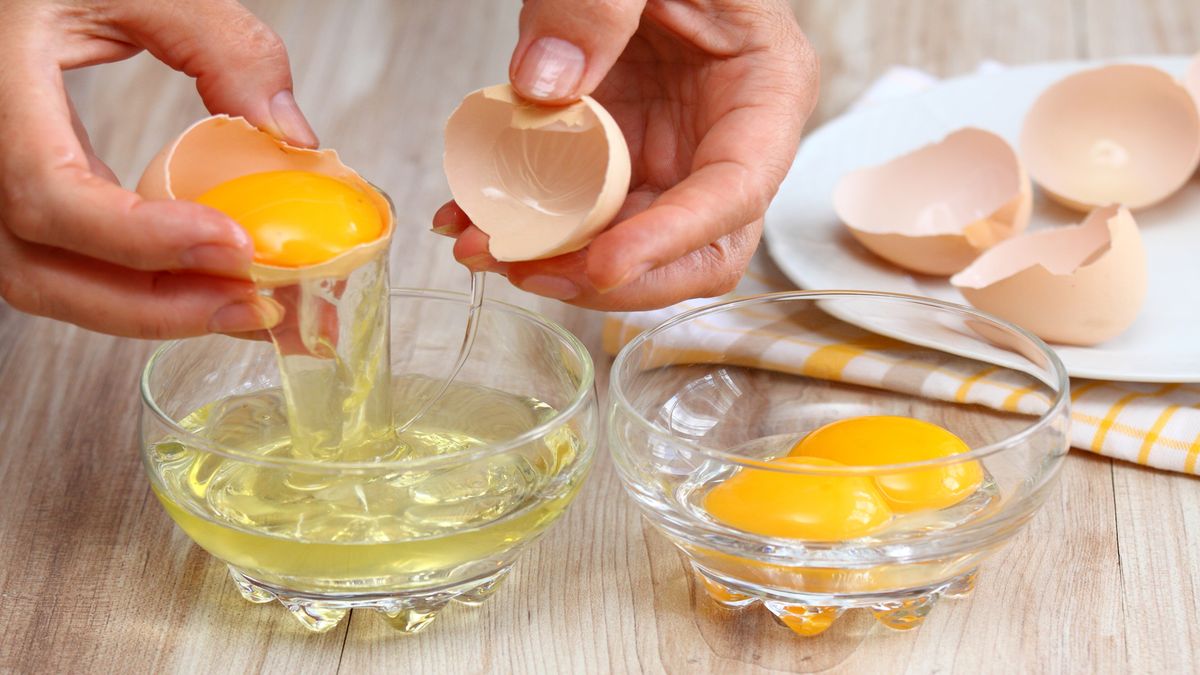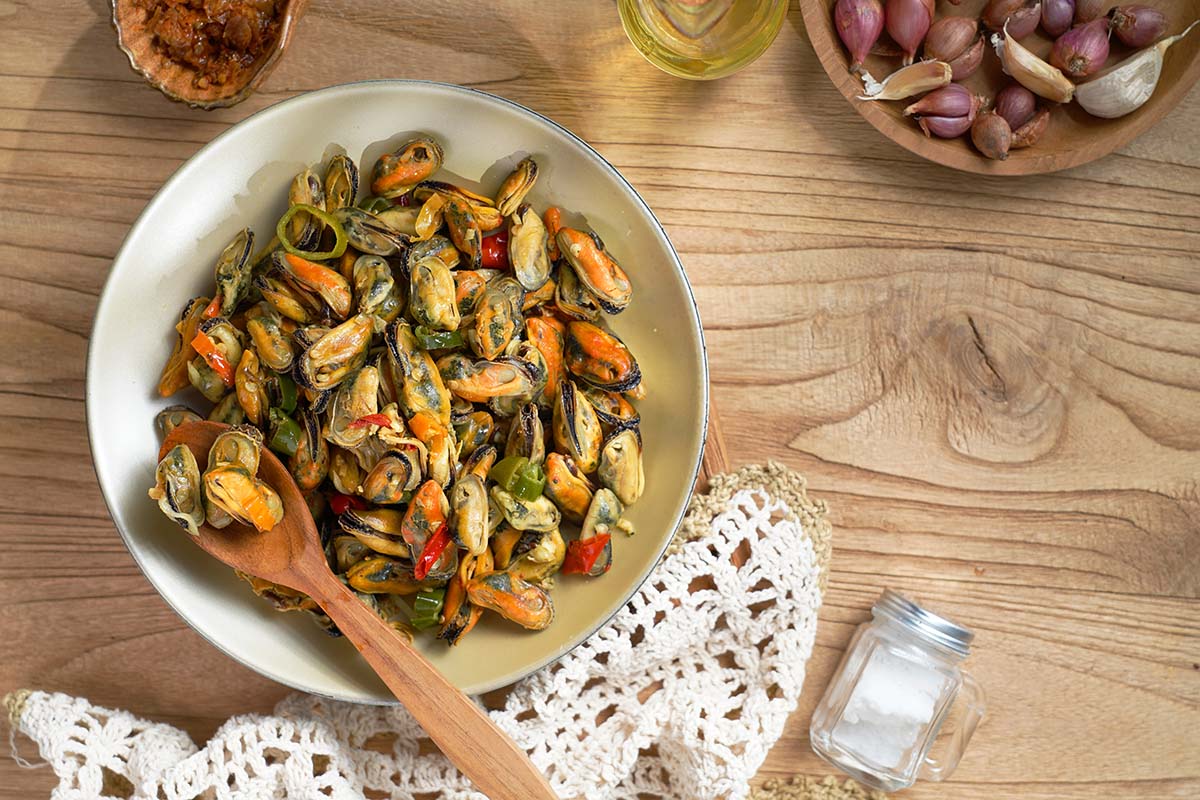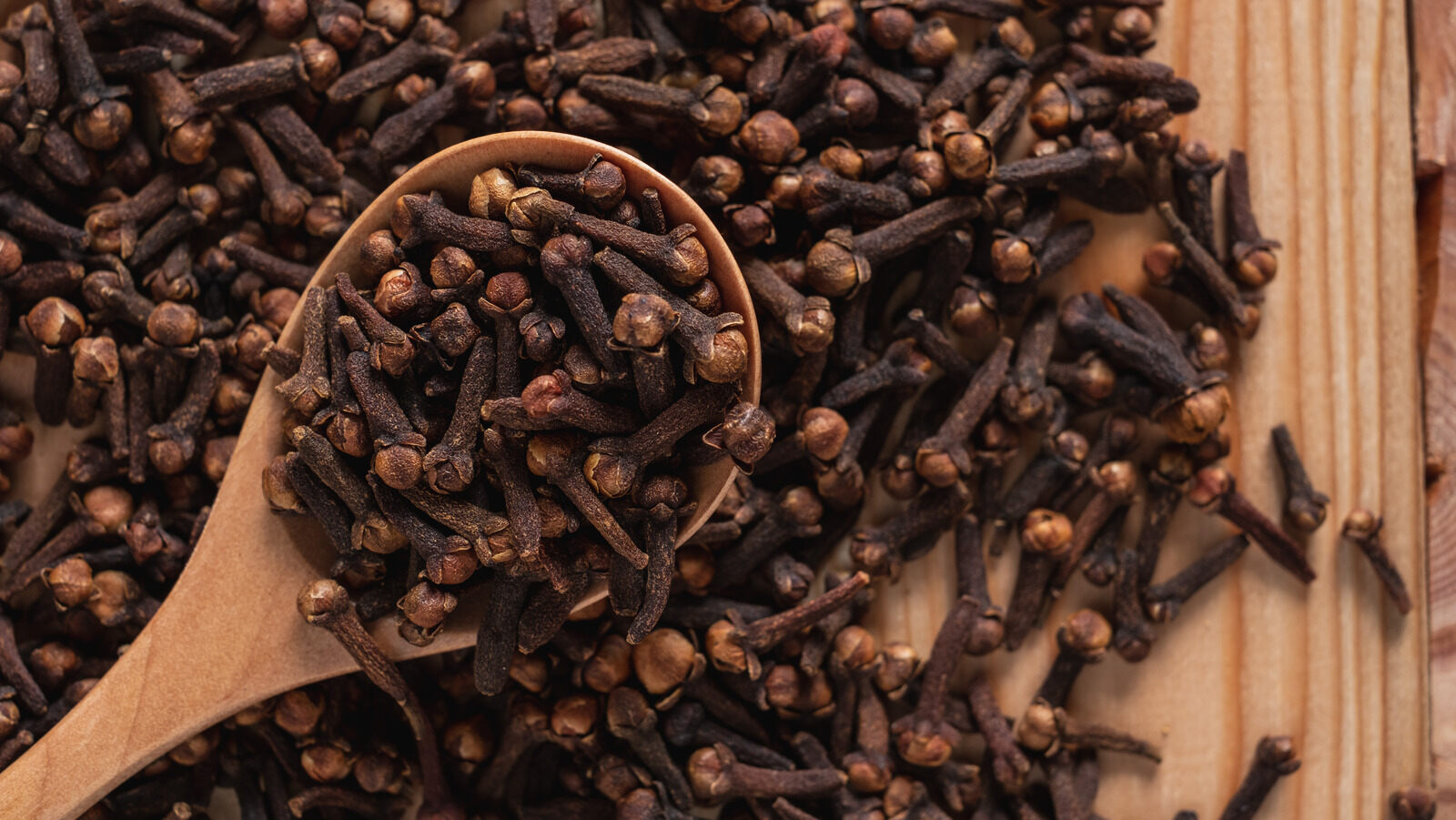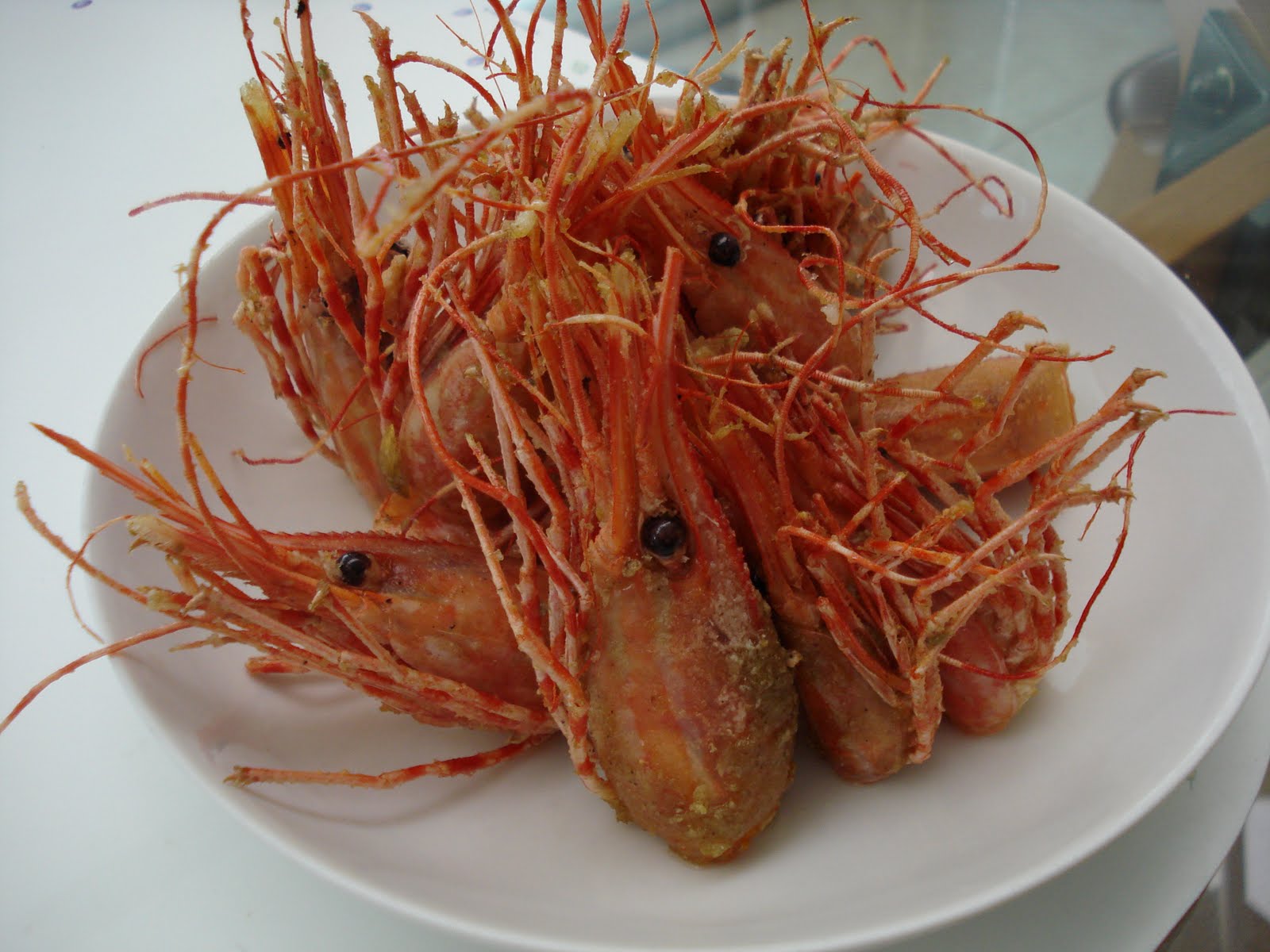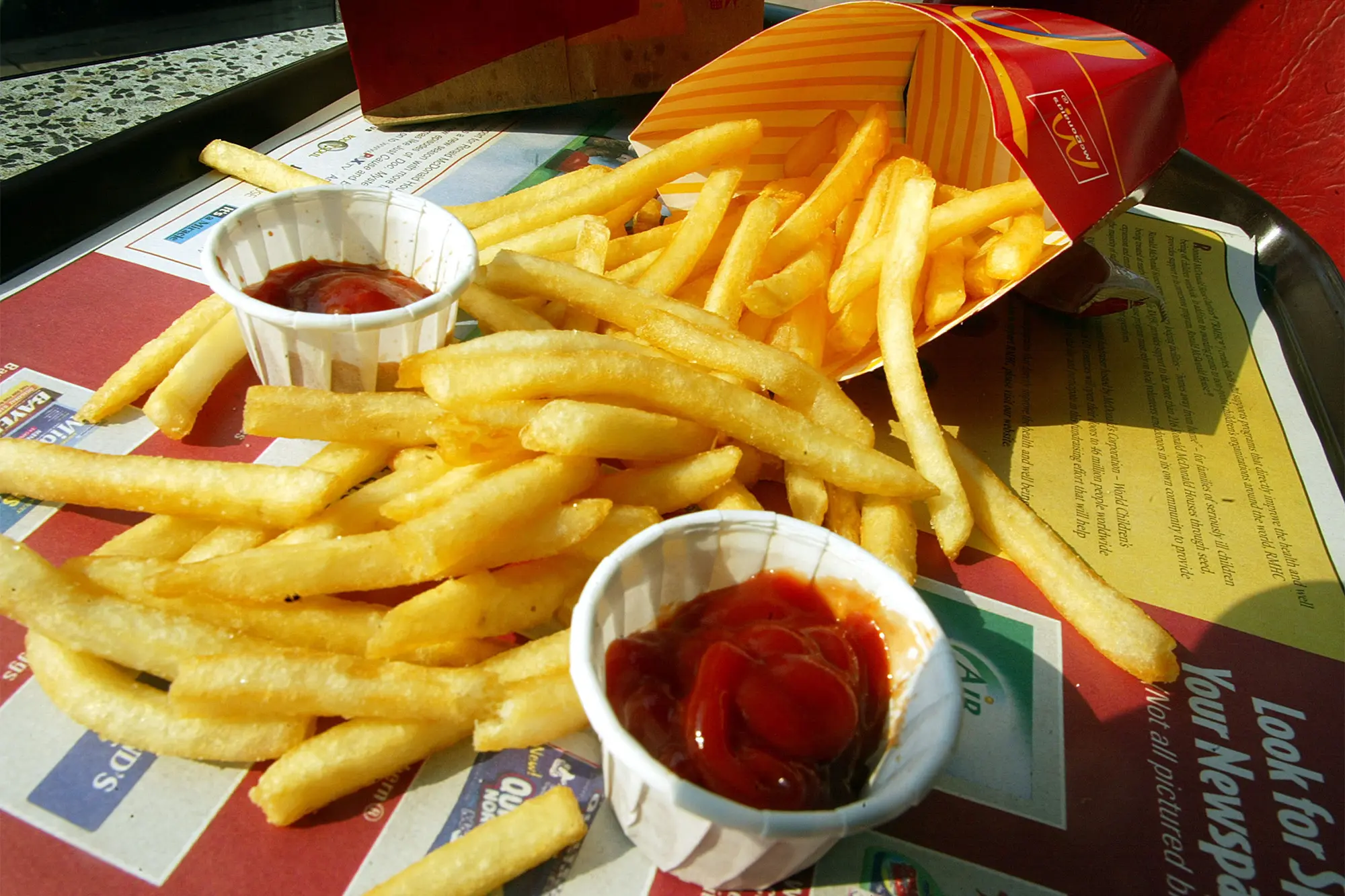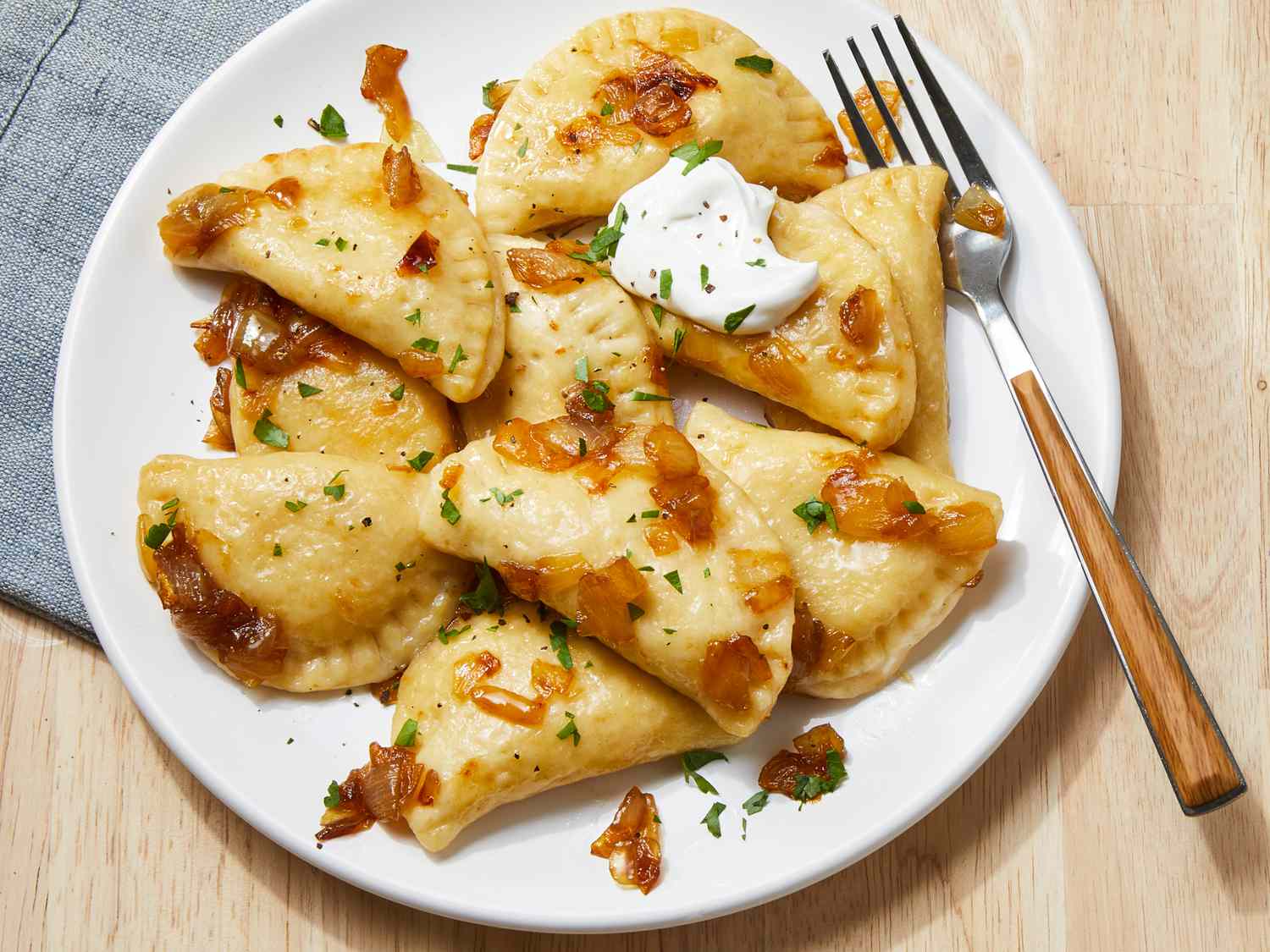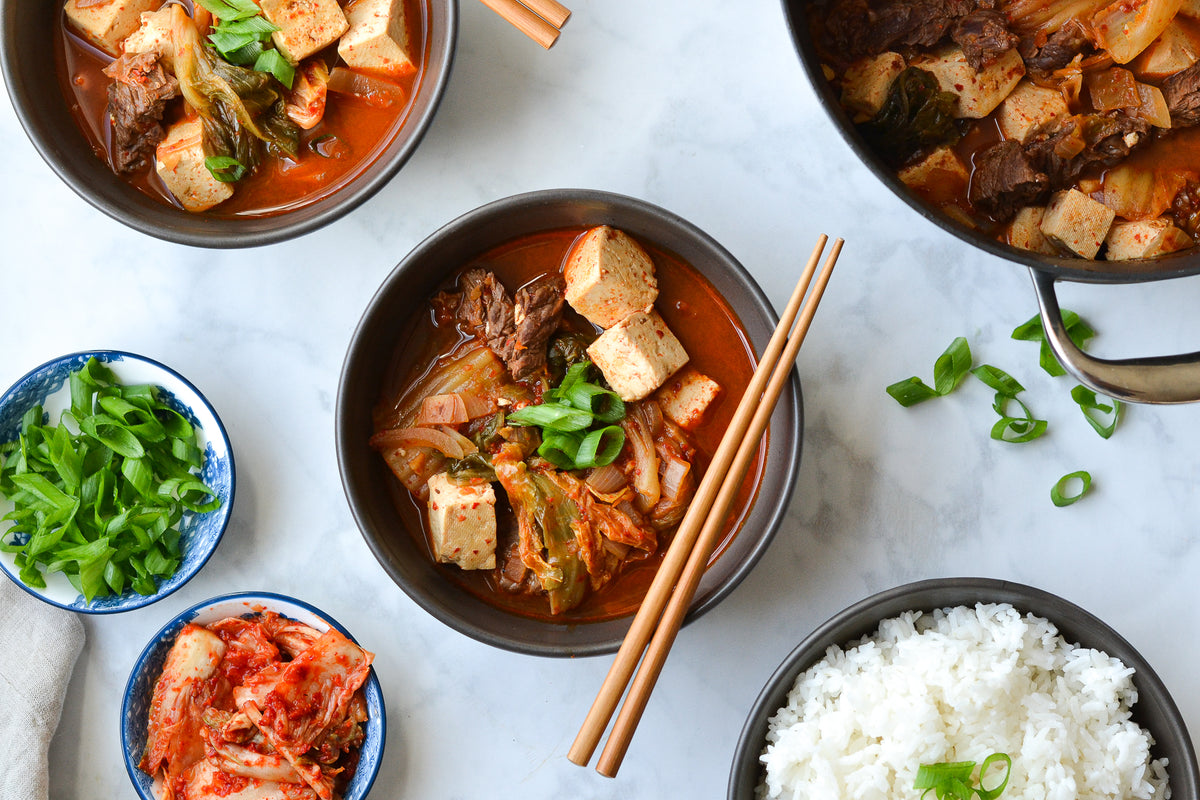Enjoying a Grain-Free Diet
Following a grain-free diet can be a healthy and delicious way to eat. Whether you have a gluten intolerance, are following a paleo diet, or simply want to reduce your grain intake, there are plenty of tasty and satisfying options available. Here are some tips on how to eat without whole grains while still enjoying a variety of delicious foods.
Focus on Protein and Healthy Fats
When eliminating whole grains from your diet, it’s important to focus on other nutrient-dense foods to ensure you’re getting the energy and nourishment your body needs. Protein and healthy fats should become the cornerstone of your meals. Incorporate plenty of lean meats, poultry, fish, eggs, nuts, seeds, and avocados into your diet to provide essential nutrients and keep you feeling full and satisfied.
Load Up on Vegetables
Vegetables are an excellent source of fiber, vitamins, and minerals, making them an essential part of a grain-free diet. Leafy greens, cruciferous vegetables, bell peppers, tomatoes, and carrots are just a few examples of the many delicious and nutritious options available. Aim to fill half your plate with colorful, non-starchy vegetables at each meal to ensure you’re getting a wide range of nutrients.
Explore Alternative Grains
While you may be avoiding whole grains, there are still plenty of alternative grains and pseudo-grains that can add variety to your diet. Quinoa, buckwheat, amaranth, and wild rice are all excellent options that provide a range of nutrients and can be used in a variety of dishes. These grains are also naturally gluten-free, making them suitable for those with gluten sensitivities.
Experiment with Grain-Free Flours
When it comes to baking and cooking, there are numerous grain-free flours that can be used as substitutes for traditional wheat flour. Almond flour, coconut flour, cassava flour, and tapioca flour are just a few examples of versatile options that can be used to create delicious and satisfying baked goods and savory dishes. Experimenting with these flours can open up a world of culinary possibilities.
Don’t Forget About Fruit
Fruit is a naturally sweet and nutritious addition to a grain-free diet. Berries, apples, oranges, bananas, and mangoes are just a few examples of the many delicious fruits that can be enjoyed on their own or incorporated into smoothies, salads, and desserts. Not only do they provide natural sweetness, but they also offer a wide range of vitamins, minerals, and antioxidants.
Stay Mindful of Processed Foods
When following a grain-free diet, it’s important to be mindful of processed foods that may contain hidden grains or grain-based ingredients. Always read labels carefully and opt for whole, unprocessed foods whenever possible. This can help you avoid unintentionally consuming grains and ensure that you’re nourishing your body with wholesome, nutrient-dense foods.
Embrace Healthy Cooking Methods
When preparing meals without whole grains, it’s important to embrace healthy cooking methods that enhance the natural flavors of your ingredients. Grilling, roasting, steaming, and sautéing are all excellent techniques that can bring out the best in your food without relying on grains for flavor or texture. Experimenting with herbs, spices, and healthy fats can also elevate the taste of your dishes.
Conclusion
While eliminating whole grains from your diet may seem daunting at first, there are plenty of delicious and nutritious alternatives to explore. By focusing on protein, healthy fats, vegetables, alternative grains, grain-free flours, fruit, and mindful eating, you can enjoy a varied and satisfying diet without whole grains. Embracing a grain-free lifestyle can open up a world of culinary possibilities and help you discover new and exciting ways to nourish your body.
